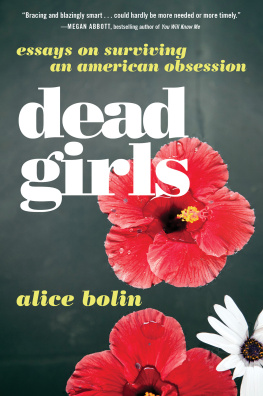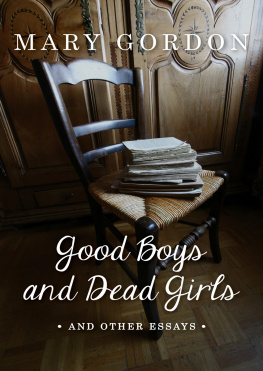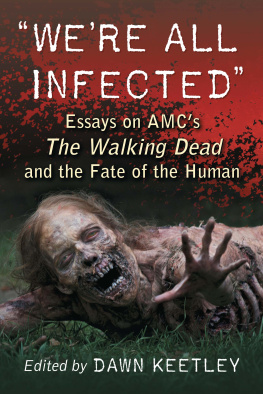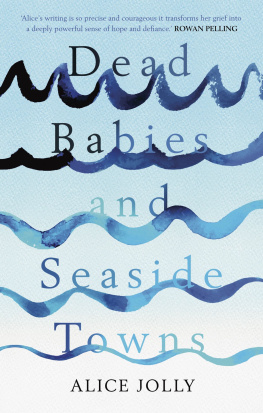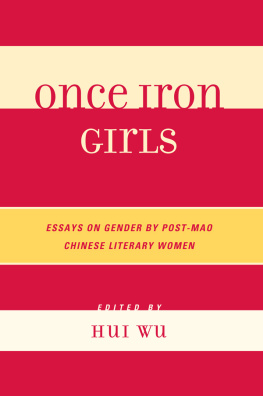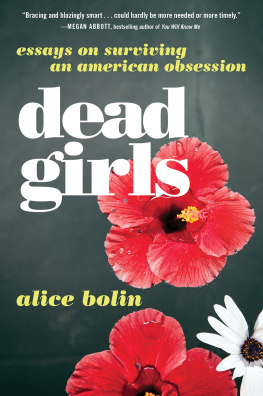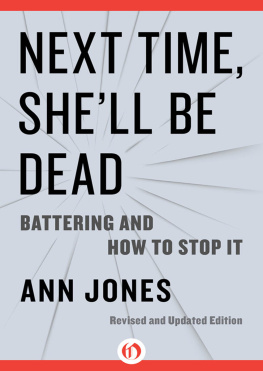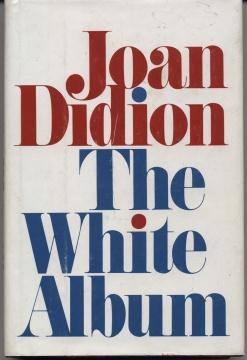Contents
1.
This is a book about books. To try that again, it is a book about my fatal flaw: that I insist on learning everything from books. I find myself wanting to apologize for my books title, which, in addition to embarrassingly taking part in a ubiquitous publishing trend by including the word girls, seems to evince a lurid and cutesy complicity in the very brutality it critiques. If I can say one lame thing in my defense, it is that I wanted to call this book Dead Girls from the moment I realized I was writing it, in the spring of 2014. I wrote an essay on the finale of the first season of True Detective, trying to parse a category of TV I identified as the Dead Girl Show, with Twin Peaks as this genres first and still most notable example. People seemed to like that essay, so I understood that Dead Girls were something I could hitch my wagon to.
Id moved to Los Angeles the previous summer, and I had been writing essays about that experience, too, because it was the only interesting thing I had ever done. All of the Los Angeles essays in the second section of this book were written in my first year there, as I was still learning about the city and my place in it. A lot of what I was trying to reconcile in writing about Los Angeles was my incredibly unglamorous life there and the airbrushed city as immortalized in movies, books, and reality TV shows. When I decided to move to California, I read Raymond Chandler and Joan Didion, believing completely in their vision of Los Angeles as a sprawling, neon-lit frontier town, populated by New West prospectors trying to strike it rich in the entertainment industry, haunted daily by the threat of various natural disasters.
My first night in the city, I stayed in a cheap motel off Hollywood Boulevard that I later realized I had read about in a book: the Hollywood Downtowner, prominently featured in Karolina Waclawiaks novel How to Get into the Twin Palms. The overlap between my reading and my life in Los Angeles stopped there. I lived in Koreatown, whose culture Chandler and Didion do not account for at all. I rode the bus, worked in food service, and had no money or friends. When I look back on this period, the vision of L.A. I bought into so unquestioningly was incredibly white and male, regardless of the fact that it was advanced by Joan Didion. It is a point of view that flattens a city of diverse neighborhoods and enclaves to a hectic series of real estate developments conceived of and controlled by a few powerful men.
Believing what I read more than my own eyes was only part of my problem, since I also did not read the right things. Take, for instance, this passage I quoted from Didions essay Pacific Distances, which describes the seductive sameness of L.A. neighborhoods: In Culver City as in Echo Park as in East Los Angeles, there are the same pastel bungalows. There are the same leggy poinsettia and the same trees of pink and yellow hibiscus. This is wrong literally and in what it implies figuratively: I saw how the crowded apartment houses of Koreatown cede abruptly to the 1920s mansions of Larchmont Village and Hancock Park. I had done the disorienting drive down Washington where the poverty of West Adams drops off at the border of Culver City. I understand where Didion was coming from: most places in L.A. are ruled by the same middle-class tract-house sensibility. As James Baldwin wrote about South Central Los Angeles in No Name in the Street, Watts looks, at first, like a fine place to raise a child. But he does not lose sight of the fact that the drive from Beverly Hills to Watts and back again is a long and loaded drive. Barbara Grizzuti Harrison, in her 1980 Didion takedown Joan Didion: Only Disconnect, takes issue with a similar sentiment expressed in Didions novel The Book of Common Prayer, where the narrator claims that poverty in the fictional Central American country of Boca Grande is indistinguishable from comfort. We all live in cinderblock houses. The eye that sees no difference between the cinderblock houses of the poor and the cinderblock houses of the rich is a cold, voracious one, Grizzuti Harrison writes, it is, furthermore, astigmatic.
This voraciousness is encouraged when you are regarding the bungalows of Echo Park and East L.A. only from the windows of your car. I did not seek out work that described life in neighborhoods that werent Hollywood or Beverly Hills, and I should have, like Paul Beattys 1996 novel The White Boy Shuffle, a hilarious and damning fantasia of black life in West L.A., as feverish as The Day of the Locust, but with the Rodney King riots instead of zombie-fied Okies. It is a fabulist romp, like when its hero, Gunnar Kaufman, is beaten up by a teenage street gang while playing Thoreau in the Montgomery Ward department store over in the La Cienega Mall, turning its desolate sporting goods department into a makeshift Waldenuntil it isnt. Later in the same chapter, Gunnar pictures Rodney King staggering in the Foothill Freeways breakdown lane like a black Frankenstein, two Taser wires running 50,000 volts of electric democracy through his body.
I am especially moved by another literary account of early nineties L.A., Khadijah Queens lyric memoir Im So Fine. Queen describes it as a list of famous men & what I had on, and it is a series of vignettes about encounters with celebrities that evolves into a meditation on womanhood and desire. When Queen writes about meeting the actor Marcus Chong as a teenager on the 105 bus, riding home from her job at Fatburger and still wearing her ugly food service shoes, I relate deep in my heart. Most of the pieces revolve around L.A. landmarks like the Beverly Center and Universal Studios, but it feels like an artifact of Los Angeles especially because banal stories about seeing celebrities are a mainstay of L.A. discourse: for instance, the time I waited on Michael Keaton and he asked me to take away his bread.
In these stories that spin like a conversation, Queen finds a way of telling you everything you need to know. The celebrities she is excited to encounterCuba Gooding Jr., DeVante Swing from Jodeci, LL Cool Jtell you what a black teenager in the early nineties was watching and listening to. The amazing outfits she describesmy white Guess T-shirt with the gold letters tucked into high-waisted ankle-zipped acid washed jeanstell you what, if she was as cool as Queen, that teenager would be wearing.
But Queen also tells you much more than that. She writes despairingly at the end of one story, why couldnt all this only be about name-dropping & brand names & puddintang. Despite the sensual delights shes describing, we notice the famous men beginning to take liberties from Queens earliest experience with them. On the first page, Marcus Chong asks her to go to his house for dinner when she is eighteen, then gets angry when she says no. There are stories of comedians staring at her ass at the grocery store and rappers calling her a stuck-up bitch. She quotes Donald Trump on the privileges of celebrity, but makes a correction: when youre a star they let you do it & actually when youre a man in general. Thats why its particularly painful when she writes about meeting Chris Tucker while working in retail: the way he was looking at me like I was a plate of chicken & got too close & asked if I had a boyfriend which I did actually that boyfriend would rape me later that week.
As the stories in the book pile up, it becomes about the fundamental exhaustion of constantly negotiating male feelings. At the same time, Queen describes her contradictory desire for attention, especially from men who are considered important. The meditations on fashion in Im So Fine express confusion about why women continue to play the game, working so hard to make ourselves acceptable to men. Despite all evidence that its a rigged system, we believe the promises that our efforts may lead to love, fulfilled desire, and self-actualization, which I fear may explain why I would call my book, of all things,

